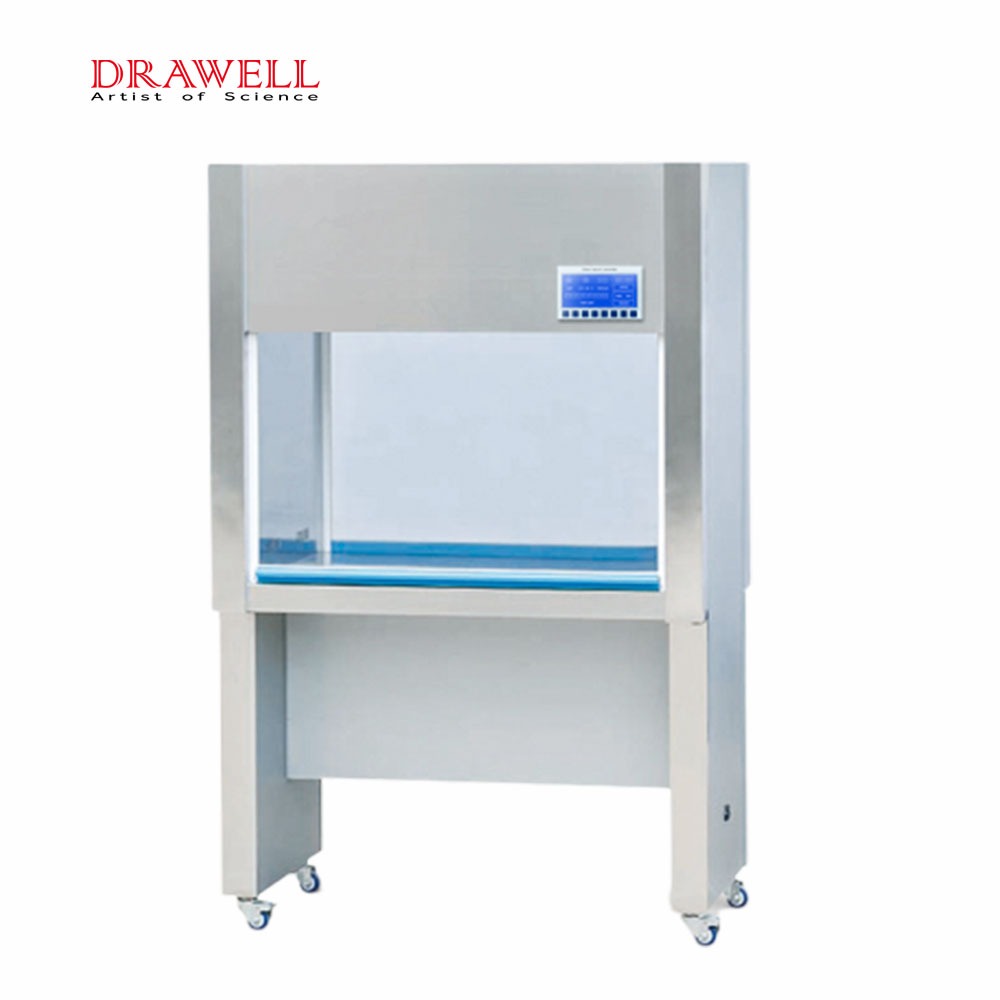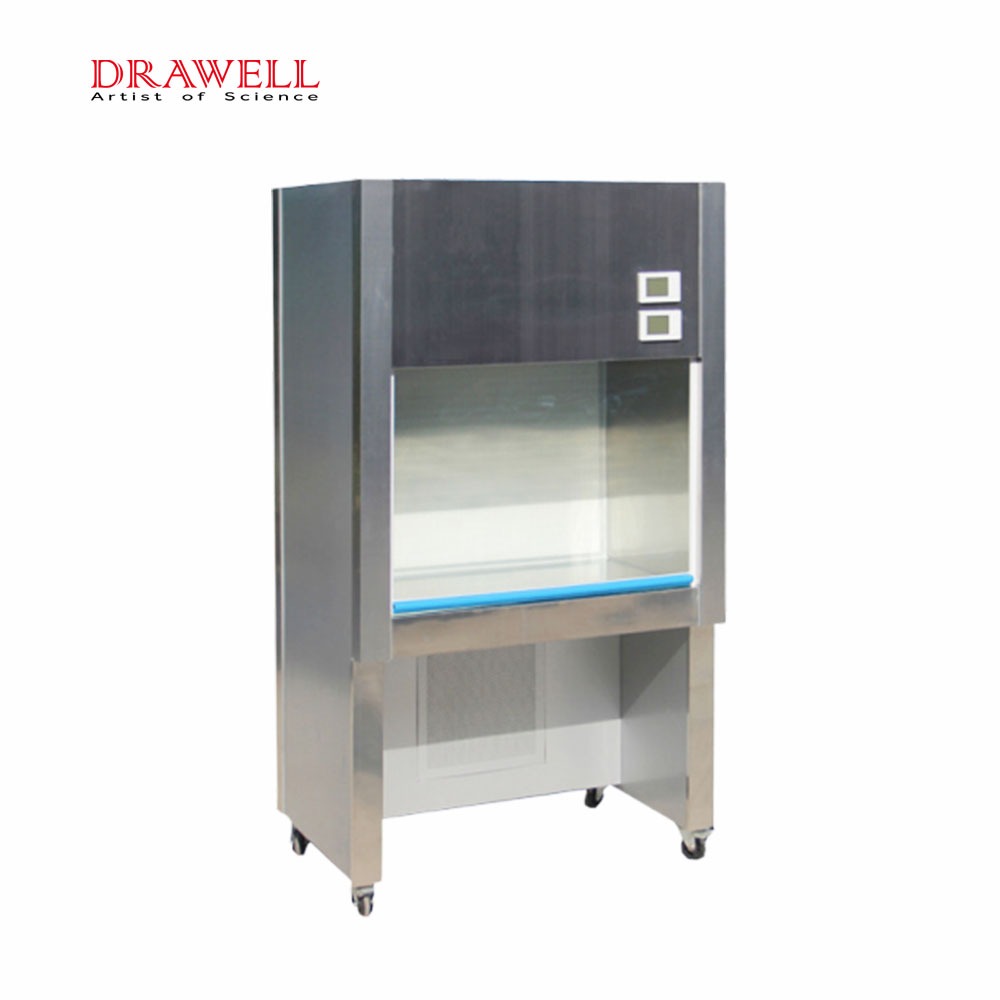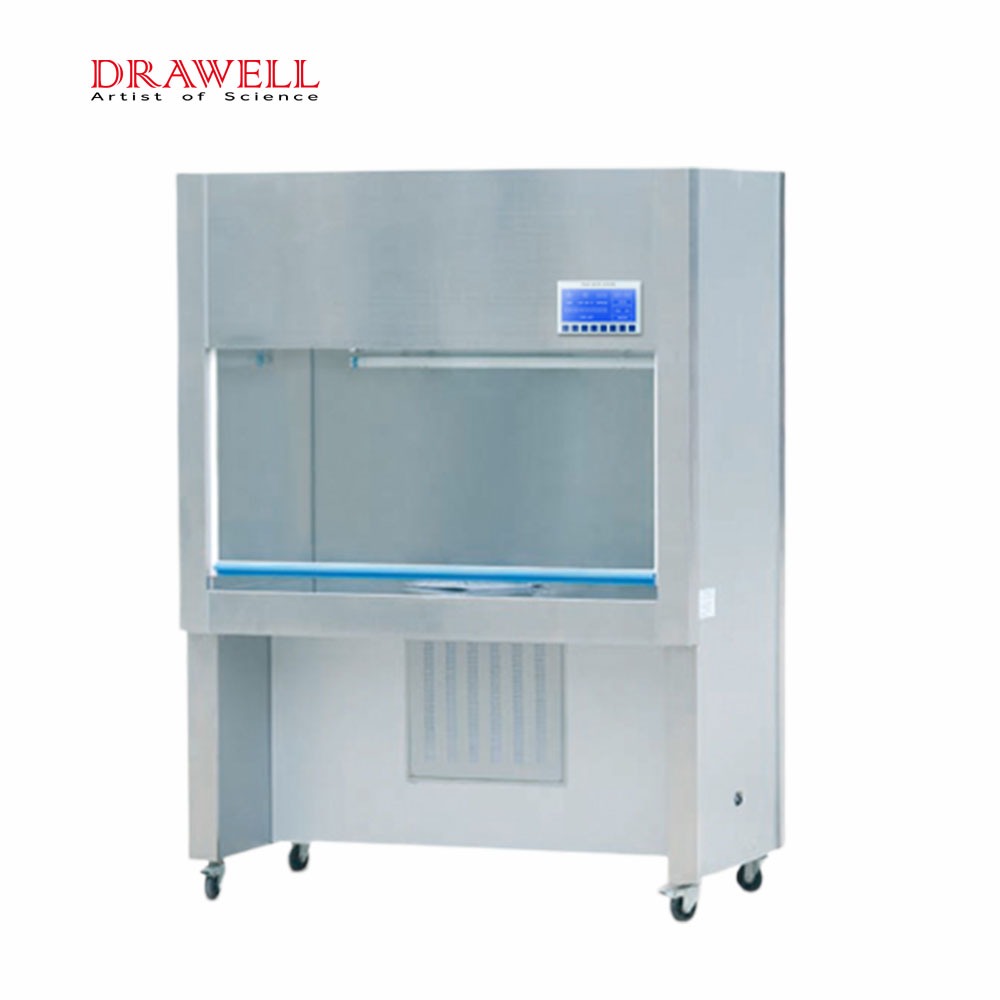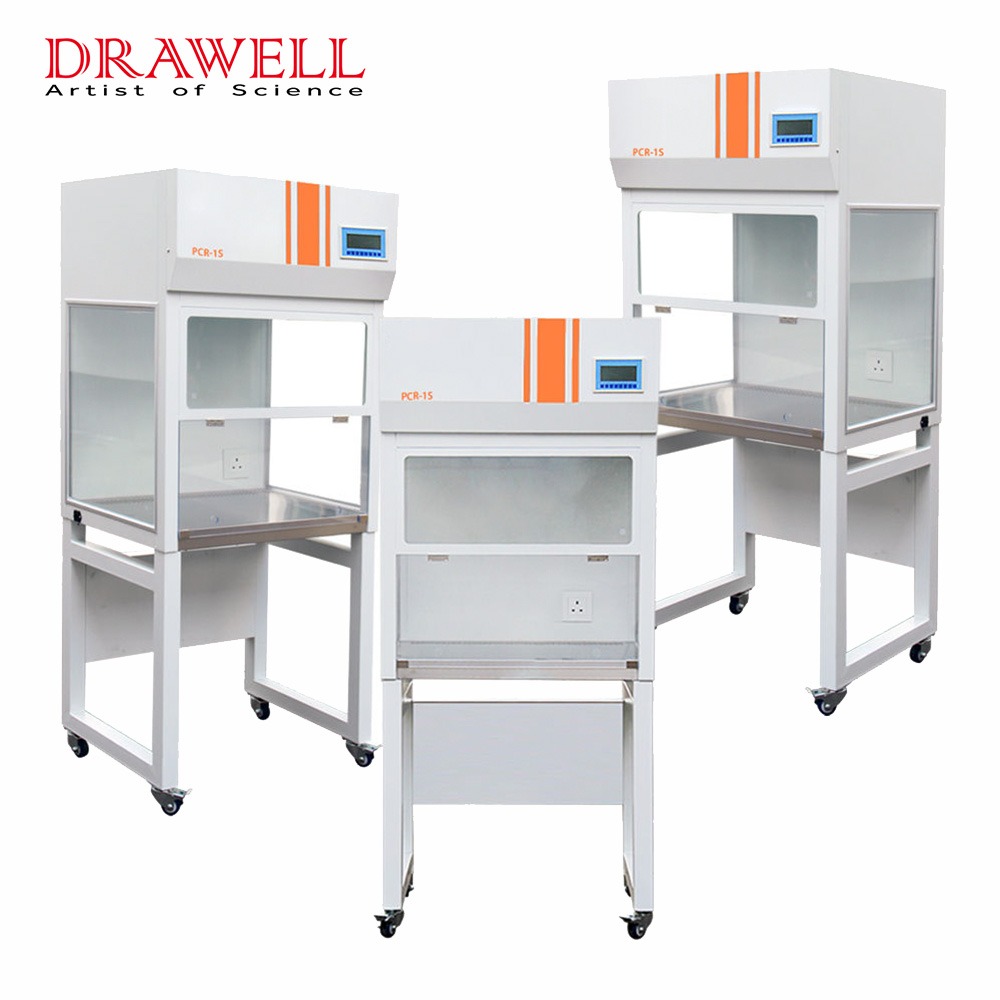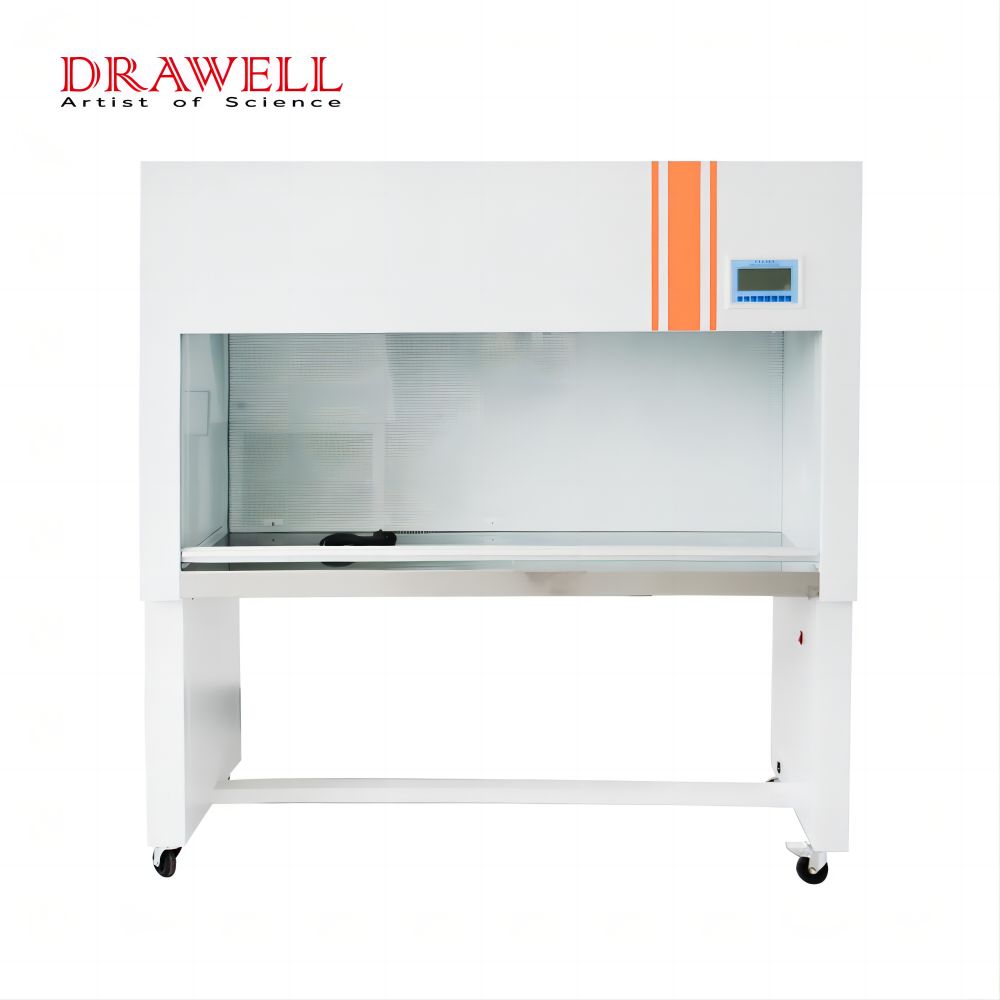Maintaining a sterile and controlled environment is critical in a variety of scientific, medical, and industrial settings. The laminar flow cabinet is an important tool in accomplishing this. Laminar flow cabinets play an important role in creating clean workspaces by controlling airflow to minimize contamination and ensure the safety of both the environment and the experiments carried out within it. In this article, we focus on the topic of laminar flow cabinet function, delving into the intricate functionality of laminar flow cabinets to understand how they work their magic.
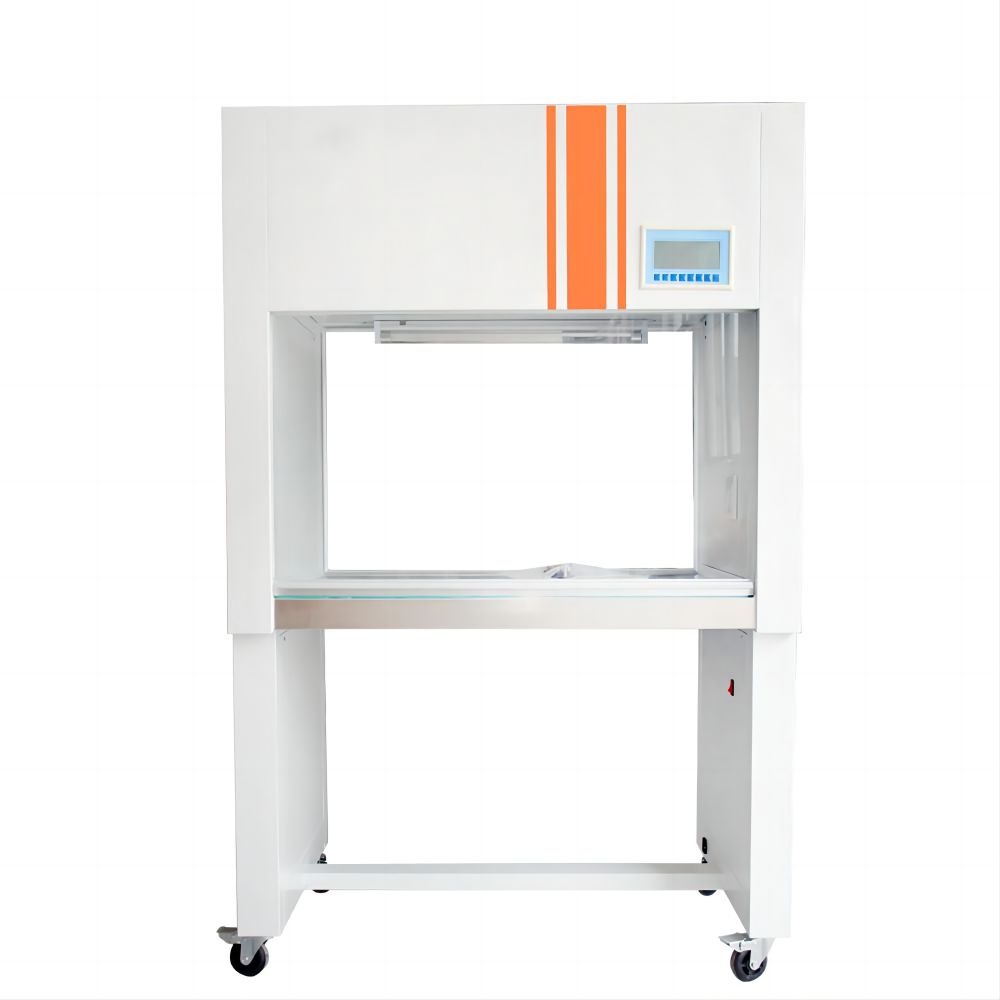
What are Laminar Flow Cabinets
A laminar flow cabinet is a type of enclosed workspace that contains a high-efficiency particulate air (HEPA) or ultra-low penetration air (ULPA) filter that cleans the incoming air. This purification process generates laminar or unidirectional airflow, which means the air moves in parallel streams in a single direction, typically from the top to the bottom of the cabinet.
Key Components of a Laminar Flow Cabinet
HEPA or ULPA Filters: A laminar flow cabinet’s heart is made up of these filters. They filter out particulate matter, bacteria, and other contaminants from incoming air, resulting in a clean and sterile environment.
Fan/Blower System: A fan or blower system then circulates the filtered air throughout the workspace. This produces laminar flow, in which the air moves smoothly and without turbulence.
Pre-Filter: A pre-filter may be used in some laminar flow cabinets to capture larger particles and extend the life of the main HEPA or ULPA filter.
Work Surface: The location where experiments or tasks are carried out. It is usually made of stainless steel to make cleaning easier, and it is surrounded by a laminar flow of clean air.
UV-C Light: When not in use, many laminar flow cabinets include a UV-C light to further sterilize the workspace.
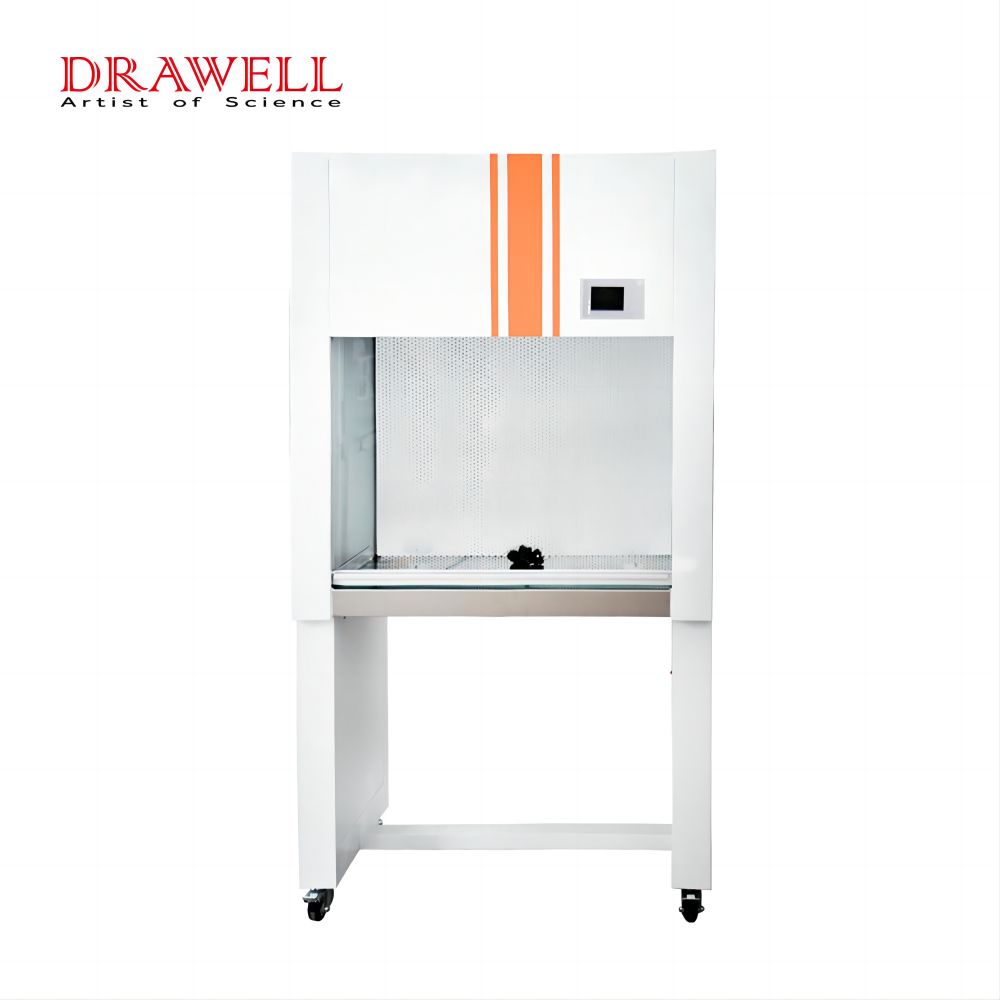
What are Functionality of Laminar Flow Cabinets
At the core of a laminar flow cabinet’s functionality is central to the functionality of a laminar flow cabinet. This means that air flows in unidirectional, parallel streams. Laminar airflow, achieved through a combination of advanced filters and fan systems, reduces turbulence and prevents the chaotic movement of contaminants.
1. Contamination Control
A laminar flow cabinet’s primary function is to provide a controlled and sterile environment, preventing airborne particles from contaminating samples or experiments.
2. Worker Protection
Laminar flow cabinets are intended to keep both the experiment and the worker safe. The laminar airflow creates a barrier that keeps contaminants from reaching the work surface or the experimenter.
3. Particle Removal
The HEPA or ULPA filters in laminar flow cabinets are highly efficient in removing particles down to the size of 0.3 micrometers. This level of filtration is crucial in environments where even tiny contaminants can compromise results.
4. Product Protection
In industries such as pharmaceuticals or electronics, where product integrity is paramount, laminar flow cabinets help maintain the purity of the product by minimizing the risk of contamination during production or assembly processes.
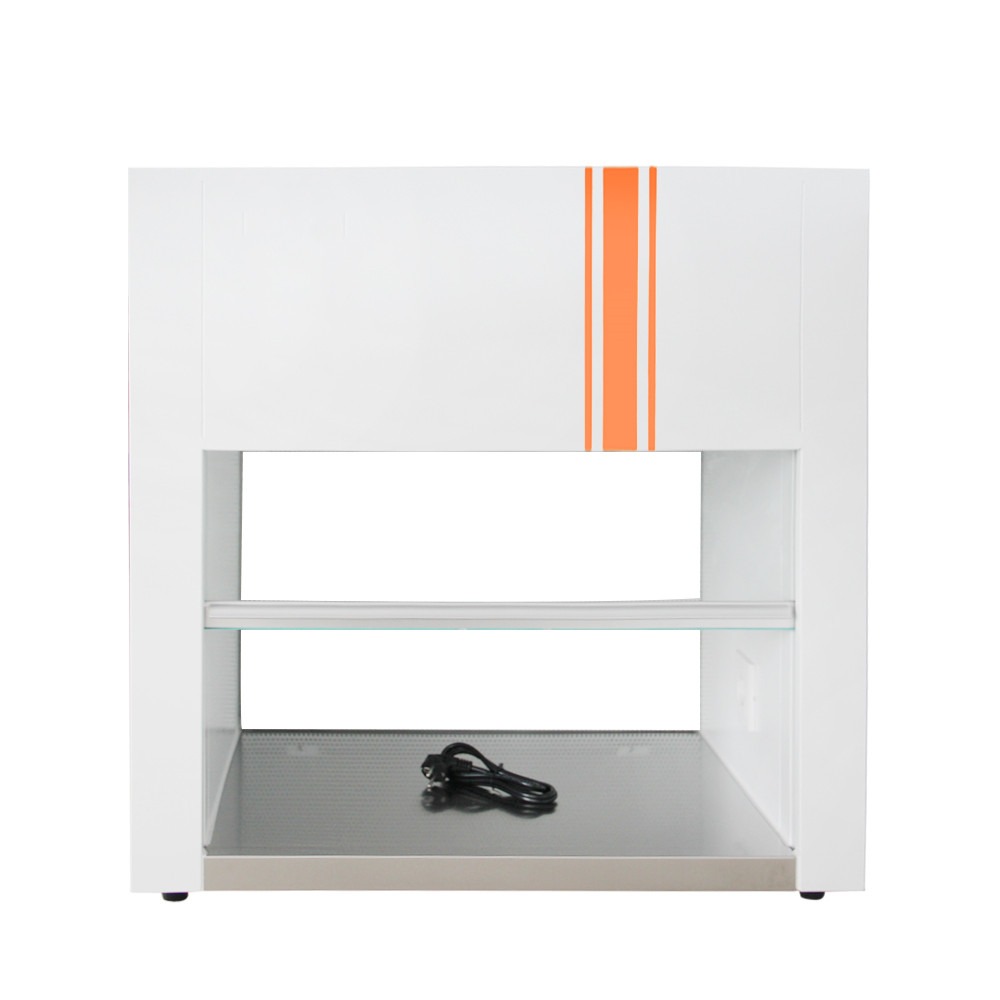
What are Various Applied Industries of Laminar Flow Cabinets
1. Microbiology Laboratories
Laminar flow cabinets find extensive use in microbiology labs for tasks such as cell culture, sample preparation, and other sensitive experiments that demand a sterile environment.
2. Pharmaceutical Settings
Laminar flow cabinets are essential in the pharmaceutical industry for the aseptic preparation of medications and the handling of sterile products.
3. Electronics Manufacturing
Laminar flow cabinets are essential in electronics manufacturing because they provide a clean environment for the assembly and testing of complex electronic components.
4. Medical Facilities
Hospitals and clinics employ laminar flow cabinets in pharmacy compounding, tissue culture, and other applications requiring a sterile workspace.
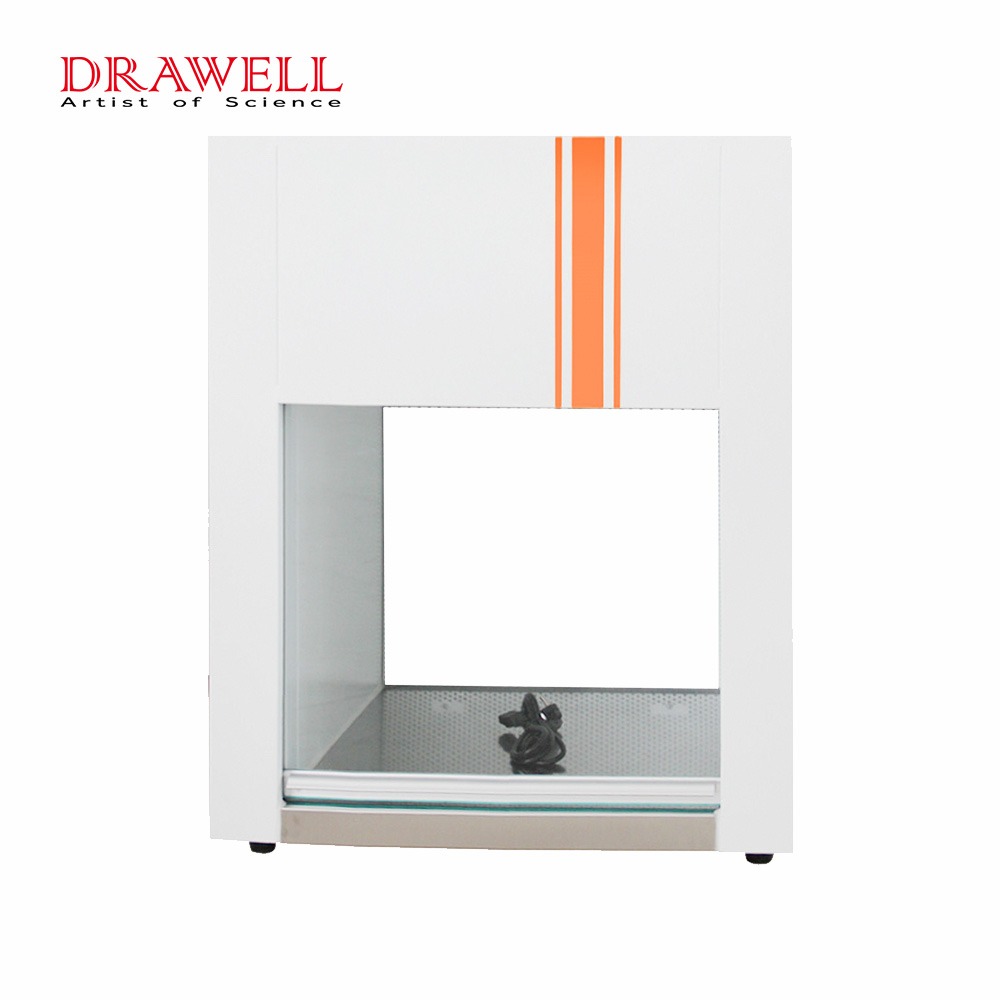
Conclusion
Laminar flow cabinets stand as guardians of cleanliness and precision, ensuring the dependability and integrity of experiments and processes in a variety of scientific and industrial domains. Their nuanced functionality, combined with continuous advancements, cements their position as essential tools in the pursuit of sterile and controlled environments.

